What children’s stories came before Paddington Bear and the Very Hungry Caterpillar? Ever wonder what books were available for children 200 years ago? Keen to try your hand at some eighteenth and nineteenth century board games?
State Library Victoria members can access hundreds of databases from home (if your home is in Victoria). That’s millions of articles, magazines, archives, ebooks, videos, songs, audiobooks and more, available through the catalogue anytime. We’re taking a closer look at new and/or interesting databases as well as hidden gems from our collections. Read on for top picks and tips from Librarians.
Not a member yet? Sign up online first and reward your curiosity.
Today we’re looking at the Children’s Literature and Culture database by Adam Matthew.
What makes this database so great?
Children’s Literature and Culture includes almost 9000 digitised children’s books, pamphlets, games and more from the late 1700s-1920s, tracing the development of books and content produced for children during this time. The coverage is mainly American with some European content. It is a highly visual collection, designed to be easily searchable and highly browsable, providing a comprehensive overview of the history of children’s literature and, in turn, literacy, education and readership.
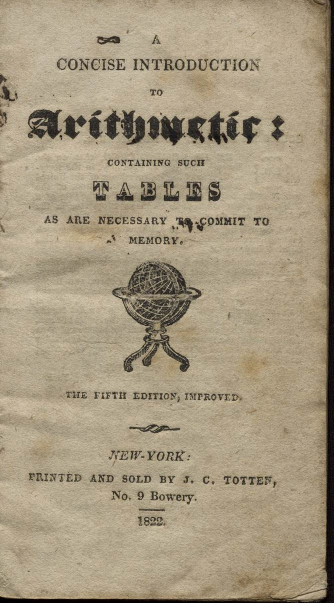
The browsable structure of the database encourages contextual understanding of the history of children’s literature that can then be applied to searching the State Library’s Children’s Literature research collection. Original documents can be sorted by item type, theme, and date of publication, providing multiple ways of understanding the history and development of children’s literature over time.
It is important to note that historical materials contained within the database portray views, language and imagery of their time that are no longer used or acceptable, particularly around the portrayal and expression of race. The database contains explanatory introductions, essays and videos exploring these issues, inviting researchers to approach the contents with contextual understanding and a critical mind.
Some highlights
The database includes many different formats, such as educational books, religious tracts, original sketches, drawings and watercolour paintings, proof books, paper-based games and toys such as card games and paper dolls, stereo photographs, and sheet music written for children.
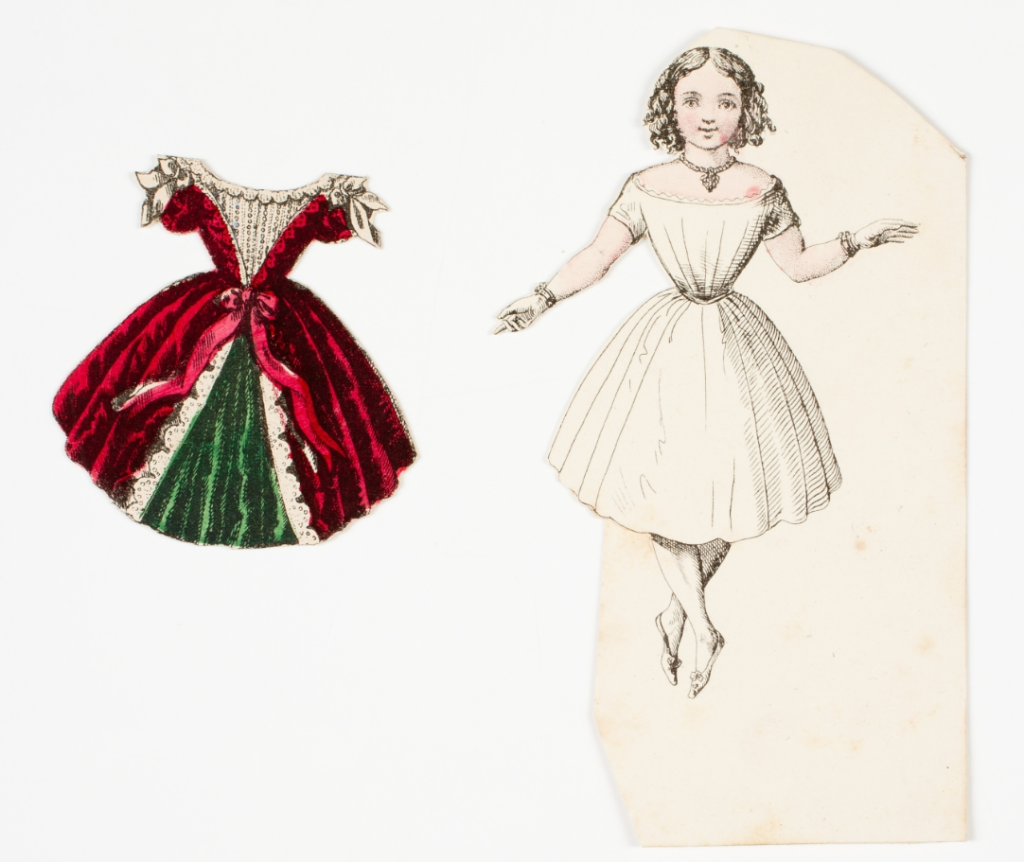
It also features 1500 picture books published by the McLoughlin Brothers (who pioneered the use of colour print technology in the latter half of the nineteenth century) which are accompanied by videos and essays providing context to the collection.
Children’s Literature and Culture provides digitised examples of the types of items held within the State Library’s Children’s Literature research collection, such as chapbooks, alphabet books, educational texts and Golden Age (1865-1925) children’s books.
Board games
There are a large number of digitised board games available in Children’s Literature and Culture, from as early as 1700. They are digitised in full, showing (surviving) player tokens, boards and rules – ready to print out and host your own eighteenth century games night! There are beautiful illustrations on many of the games, and some quite complex rules as well. Most are in quite extraordinary condition given their age. Many appear to have been well-used with some, like the back of this Bowles’s royal and entertaining game of the goose board, even serving as a notepad for the owner to jot down their ideas for a dinner menu (‘bill of fare’) – or perhaps what was served while they played a round?

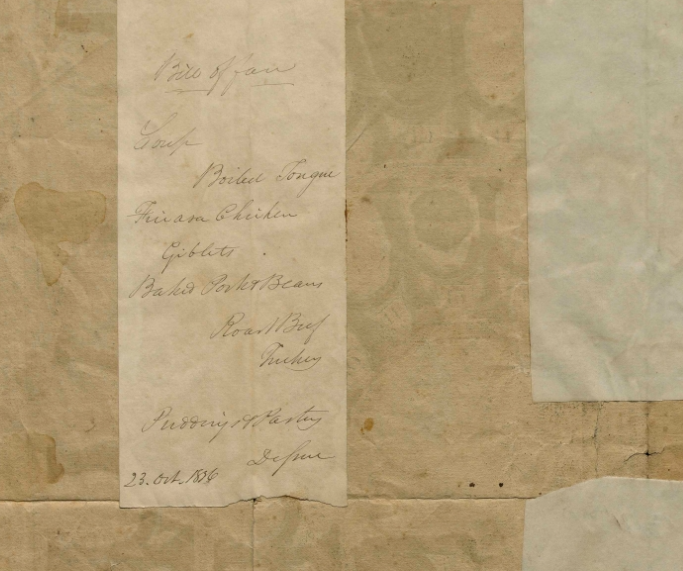
Early ‘moral’ texts – chapbooks
With titles like Charles the Orphan; or The Obedient Child Makes the Worthy Man, Edna Jane the careless child and The Remarkable History of Elizabeth Loveless or Fidelity and Filial Affection Exemplified and Rewarded, you quickly develop an understanding of the type of didactic messaging prevalent in early-mid nineteenth century publishing for children before fantasy, nonsense and whimsy were introduced.
Chapbooks were cheaply produced and surviving examples can be fragile, so the high resolution copies in this database are an excellent way to ‘leaf through’ without risking damage to physical copies.
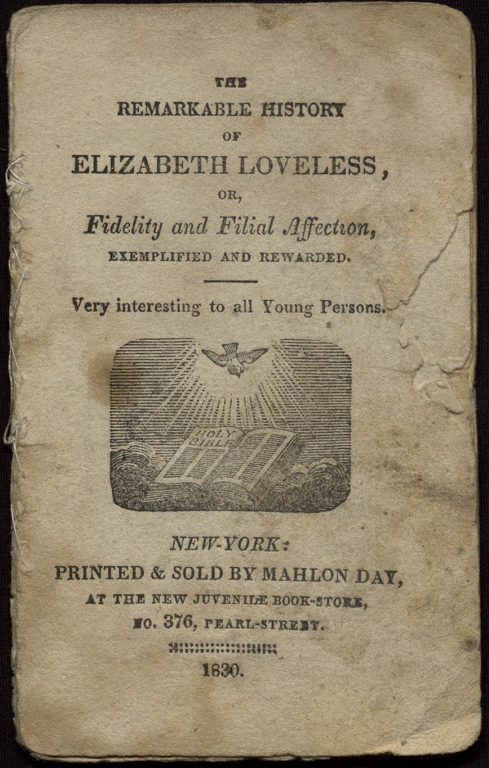
Illustrations galore
Children’s Literature and Culture is full of beautiful illustrations, all available to download in high resolution. It is interesting to watch the evolution of children’s book illustration from austere engravings to more playful images full of whimsy and movement.

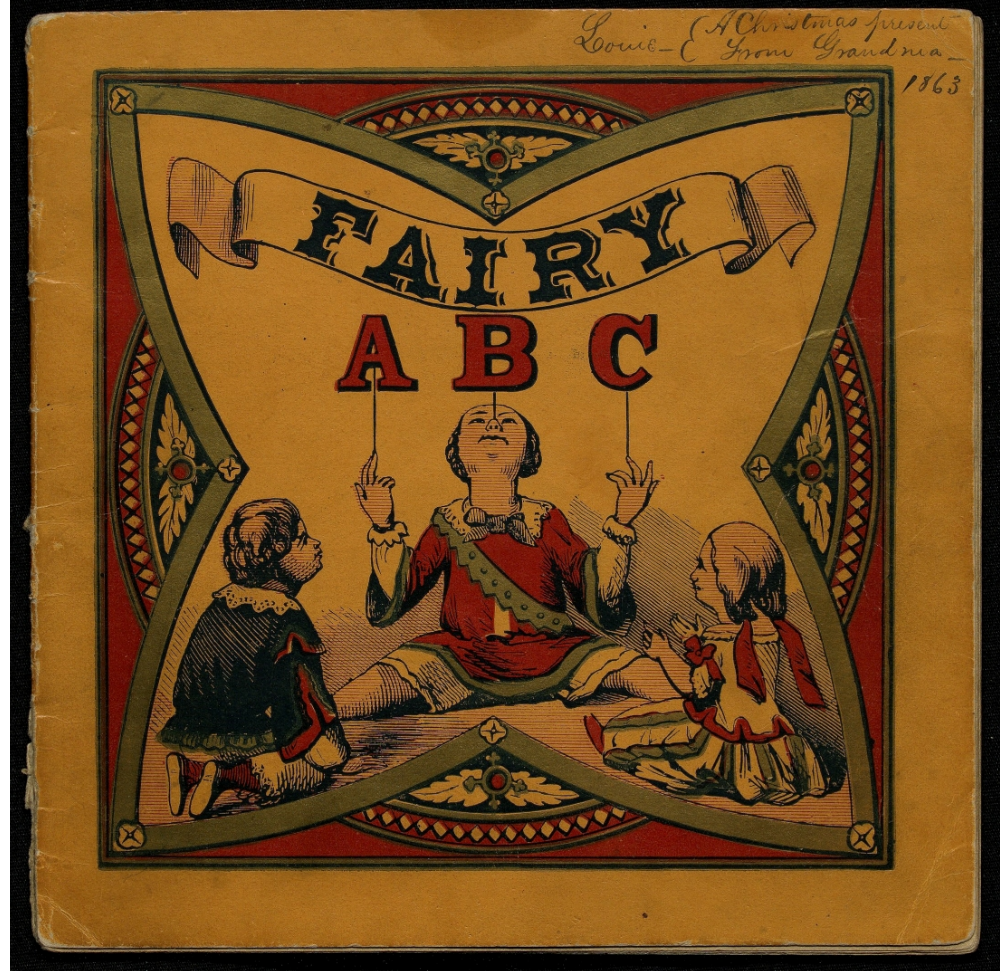
There are a few examples in the collection that show how Australia was portrayed to young American and British audiences at the turn of the century. Texts such as All about the animals (c.1900) and Beasts and birds in pictures and words (c. 1892) are interesting for their delicate illustrations and colourful descriptions of our local fauna, such as the ‘Australian Bear’ (koala), the ‘Laughing Jackass’ (kookaburra) and the ‘flying squirrel’ (sugar glider).
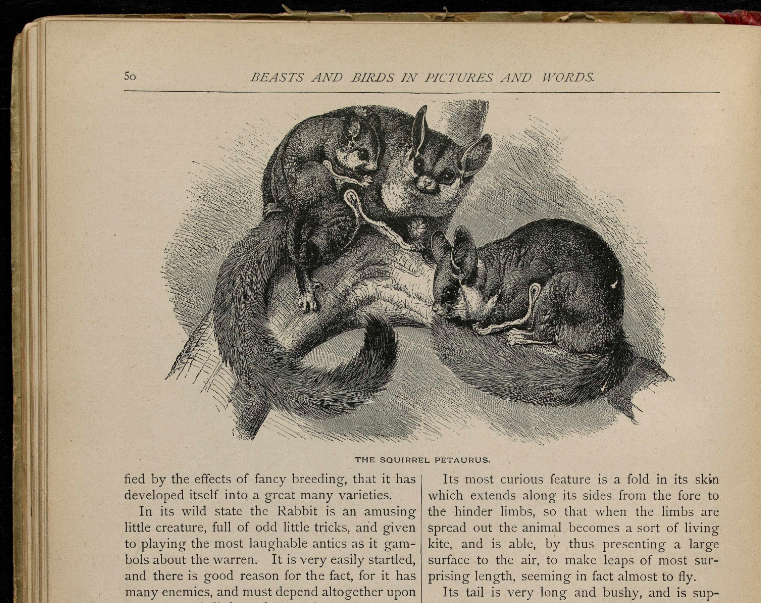


We hope you enjoy exploring Children’s Literature and Culture.
We always welcome your recommendations for database trials – let us know what you’d like to see. Have a research query or questions on how to use our online collections? Ask a Librarian.
More to explore
Check out our latest databases on trial, and see a full list of all new and trial databases, by visiting our A-Z Databases page.
Learn more about the Library’s Children’s Literature Research Collection in our Children’s Literature Research Guide.

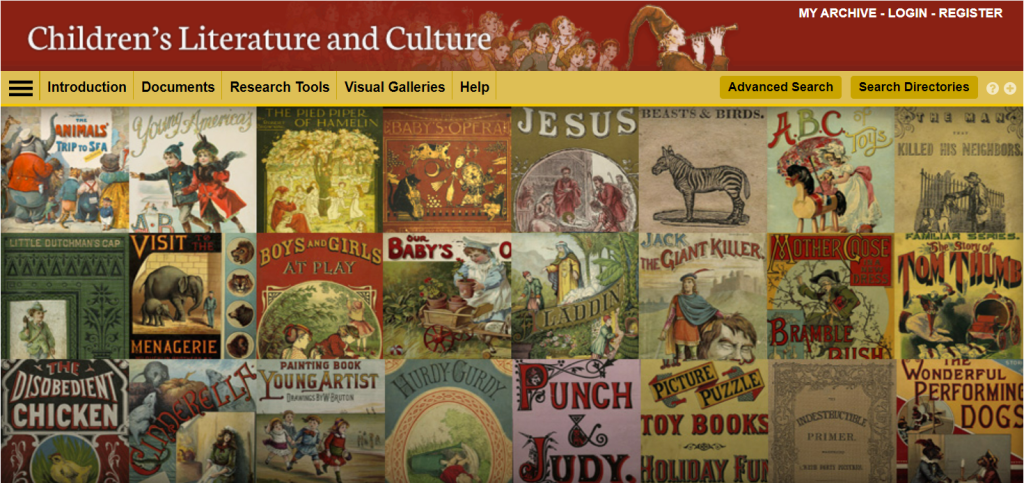

Art and pictures should be attractive for children and describe some lessons to understand every age
Now into my eightieth year I’m enthralled by this information on early childhood literature. Growing up in the country and coming to Melbourne when I was seven, I can’t remember having any books to read at home. Our 1st grade reader contained “The Hobyars”. Quite frightening. No Betty and John for us! I was taken by my new school to the Heidelberg City Library and told I could take home a book to read. I was hooked and have been reading ever since. My favourite books growing up were Milly, Molly Mandy, Enid Blyton’s Magic Faraway Tree and later on Anne of Green Gables and any book about naughty girls at boarding schools solving mysteries. The Library was my fantasy. I still have one treasured book from childhood. The Water Babies. I hope we never stop writing and printing children’s books. It’s where the love of books begins.
Hi Marian,
Thank you for your lovely reflections, and glad you enjoyed the blog. Have fun exploring the database, there are a lot of treasures in there!
I just read ‘The Hobyahs’ – gosh, what a story! Quite frightening for young children, I can imagine.
Best, Kate